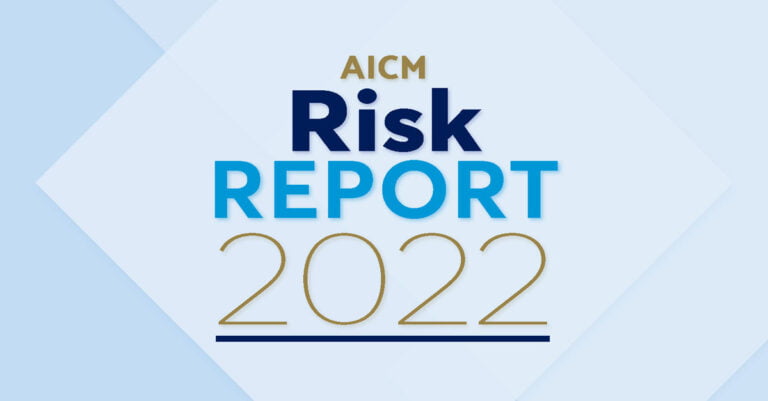
CREDIT INSIGHTS
You can be too smart for your own good

The preferential payment provisions of the Corporations Act 2001 are one of the most powerful weapons in a liquidator’s armory. As many would be aware, creditors have many defences available but the most often successfully employed is the continuing business relationship or running account defence contained in Section 588FA(3) of the Corporations Act.
Recently, we had a situation where a creditor appears to inadvertently forfeited their ability to maximise the application of this defence!
The most often successfully employed defence to a preference claim is the continuing business relationship or running account defence.
The appointment
We were appointed liquidator to a manufacturing business. The trade creditor above supplied stock to the company. After the business defaulted on paying for the stock and accrued a large debt, the trade creditor took various actions against the company including the following:
- Setting up a fence around the large quantity of its stock held at the company’s premises and implemented controls for how the stock was released to the company.
- Converting the “trade debt” to a “loan debt” via a loan agreement.
- It formally terminated the previous trade credit agreement and executed with the company new terms of trade for future purchases. Its new terms were substantially more restrictive, including reducing payment terms to essentially almost COD terms.
- In its own management systems, a separate account recorded the new loan balance distinctly from the new trade account balance. This drew a clear distinction between the loan debt and the new trade account balance. For all intents and purposes, it appeared to treat them as two completely separate debts.
It was apparent from the new loan agreement terms that the trade creditor was seriously concerned with the company’s financial position as the agreement provided that:
- The company must provide monthly sales and financial reports to the trade creditor to keep them updated with the company’s financial performance (and critically, it allowed the trade creditor to maintain an intimate level of knowledge of the company’s solvency position).
- Payments must be paid by 4PM of the due dates.
- There were strict default provisions that made the loan’s full balance automatically due, and penalties and interest were triggered automatically.
Pretty savvy trade creditor, right?
The claim
I would first like to point out that proving insolvency and knowledge of insolvency are two of the most difficult and subjective elements of a preference claim. But in this case, we couldn’t have asked for a more ideal set of indicators to support our claim that this creditor “knew or had reason to suspect insolvency”. These indicators also assisted greatly in the other insolvent transaction claims we pursued in the liquidation.
We pursued the preference claim against the trade creditor. They disputed our claim arguing the running account defence by combining all of the loan’s transactions and payments together with the trade credit balance.
We counterargued that if the running account defence was indeed available, it was not available in respect to the loan payments. This is because it was clear that they had a business relationship, but it was clearly ended by the termination of the previous terms of trade, by converting the trade debt to a loan, and by establishing new terms of trade. Therefore, those payments could not form part of a continuing business relationship under Section 588FA(3) of the Corporations Act, as, among other things, the payments related to a former business relationship, those payments did not involve the supply of goods and services, and the payments were not connected to subsequent supply.
The outcome
The claim was settled before it went before the court. However, it certainly raised sufficient concerns to be a critical element in support of our position. Although the credit department’s primary goal is to recover as much money as possible, it is wise to consider the potential scenarios where the debtor is placed into liquidation and how those recovery actions may come back to haunt you. This example is proof that you can be too smart for your own good!







